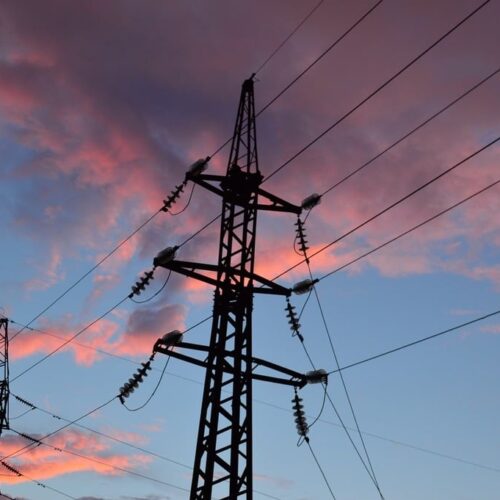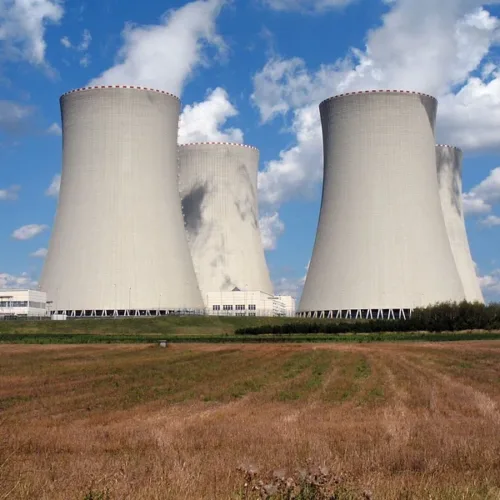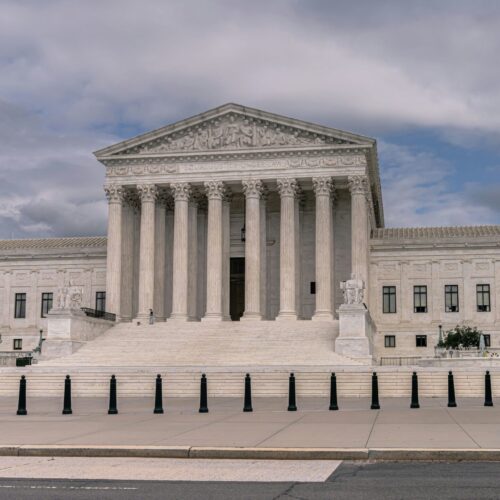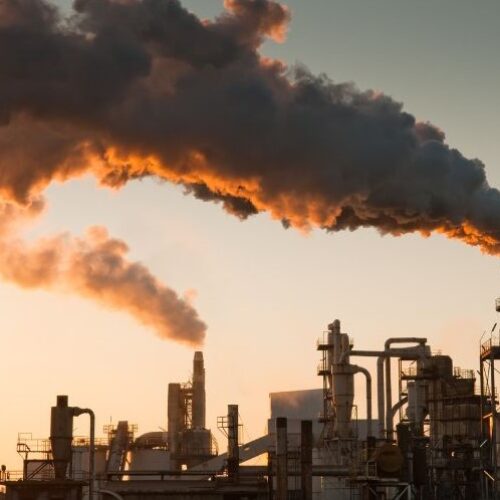Maryland lawmakers approve net-zero climate legislation
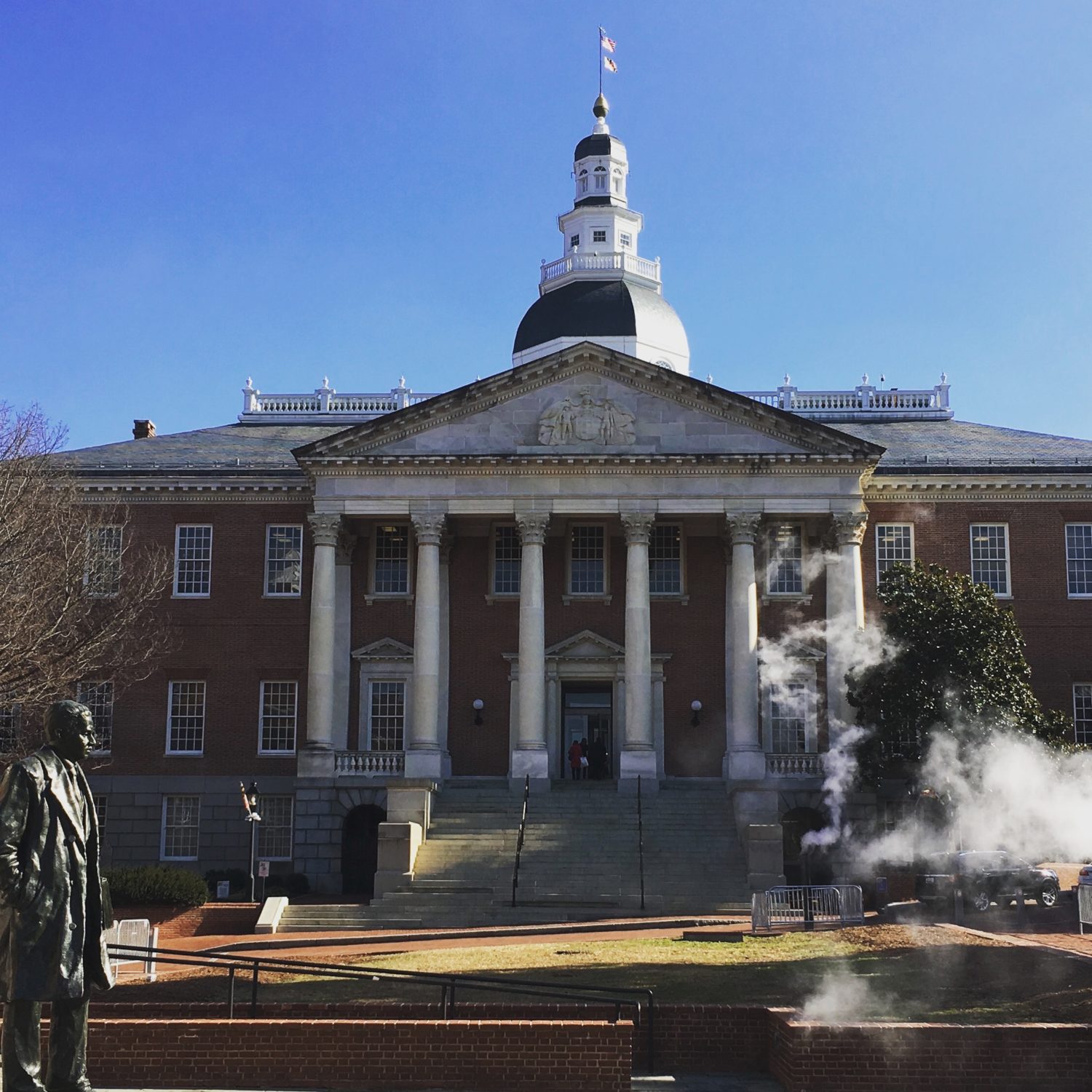
The Maryland State House. Credit: Rona Cohen.
Last Friday, Maryland Governor Larry Hogan allowed a major climate bill to become law without his signature, one that requires the state to reach carbon neutrality by 2045. Its passage adds Maryland to a growing number of states that are dramatically stepping up their efforts to reduce emissions from all sectors of the economy, promote environmental justice, and develop a skilled clean-energy workforce that can thrive amid the transition away from fossil fuels.
The new law, called the Climate Solutions Now Act of 2022, accelerates the state’s interim carbon-reduction goal to 60 percent below 2006 levels by 2031, up from the previous 40 percent reduction target (by 2030), and includes a variety of steps to decarbonize buildings, vehicles, and the grid — and assist workers and small businesses who may be affected by the transition to a clean-energy economy.
In addition, there is an emphasis on sustainability and innovation. A working group will explore best practices for solar photovoltaic panel recycling, and an electric school bus pilot will promote vehicle-to-grid technology, to allow utilities to tap the stored power in a vehicle battery when it is not in use, in return for monetary incentives.
Here are some key provisions of the law:
Environmental Justice: State environmental officials and an environmental justice commission will create a methodology to identify communities that have been disproportionately affected by climate change, and devise a target for state funding to invest in projects to reduce emissions. New jobs will be created as part of a Climate Justice Corps, to offer career opportunities for youths ages 18 to 26 and invest in projects such as home retrofits, renewable energy, and tree planting in low-income communities that have been heavily affected by pollution. The Corps will receive a $1.5 million annual appropriation starting in fiscal 2024, and offer stipends paying at least $15 an hour.
A new Just Transition Employment and Retraining Working Group will identify opportunities for women, veterans, formerly incarcerated individuals and others underrepresented in the clean energy workforce, and for workers affected by the shift away from fossil fuel industries.
Green Bank: The legislation creates a new Green Bank, called the Climate Catalytic Capital Fund. The fund will be administered by the Maryland Clean Energy Center, which will leverage private capital to invest in a range of projects to reduce emissions, electrify transportation, ramp up efficiency, and transition to cleaner energy sources. At least 40 percent of the funds must go toward projects in neighborhoods with low- to moderate-income households. During fiscal years 2024-2026, the fund will receive an annual $5 million appropriation from the state.
Buildings:
• Large buildings – 35,000 square feet or greater — will be required to reduce emissions 20 percent by 2030 and become carbon neutral by 2040, and the state Public Service Commission will study the capacity for electric and gas distribution companies to maintain reliable service to customers under a highly electrified buildings scenario. The Maryland Department of Labor is tasked with devising an all-electric building code for the state, with exemptions for specific industries.
• A Building Energy Transition Task Force will recommend a plan to assist with building retrofits through tax cuts, subsidies, or other state supports for building owners who need it.
• The legislation incentivizes the construction of net-zero schools, providing a 5 percent increase in state funding to counties that build them.
• A new Climate Transition and Clean Energy Hub in the Maryland Energy Agency will serve as a clearinghouse for advanced technology and architectural solutions to reduce emissions from buildings. The hub will provide technical assistance to help private and public entities comply with building efficiency and electrification requirements.
• The law increases the annual energy savings goal under the state’s EmPOWER program from the current 2 percent of gross energy sales to 2.25% in 2025-26 and 2.5% from 2027 onward.
Transportation: State light duty vehicles will be replaced with electric vehicles when the current vehicles reach the end of their lifecycles. School buses will transition to zero-emission vehicles starting in fiscal year 2025, provided that vehicles are available and that state, federal or private funds can cover the incremental cost of purchasing them.
Vehicle-to-grid: The law incentivizes the use of vehicle-to-grid technology, which enables a utility to tap the stored energy in a vehicle battery when it is not being used, in order to provide ancillary services to the grid. A county board will be able to enter into an agreement allowing an electric utility to access the stored power in the batteries of electric buses the county owns or operates, in exchange for payments. In addition, investor-owned utilities can apply to implement an electric school bus pilot, in which the utility installs interconnection equipment and provides rebates to local school systems to cover incremental costs of an electric bus fleet. In turn, the school system would allow the utility to access the stored electricity without additional compensation when the buses are not in use.
Healthy soils: The law requires an annual appropriation of $500,000 from fiscal year 2024 through 2028 for the Maryland Healthy Soils Program, which promotes agricultural practices that boost biological activity and carbon sequestration in soil, including planting mixed cover crops, no-till or low-till farming, and rotation grazing.
Solar PV Recycling: With an eye toward promoting a truly sustainable energy supply, a new working group will explore best practices for the end-of-life management of solar photovoltaic panels, including opportunities to keep them out of landfills by promoting their reuse and recycling, and potential financing mechanisms to promote a “circular economy approach.”
State government renewables procurement: State government must purchase 75 percent of its electricity from low- or zero-carbon sources by 2030.
To date, 24 states have set greenhouse-gas reduction targets, with twelve of those states aiming to achieve carbon neutrality on or before 2050, either via statute or executive order.
Net-zero policies require a state to reduce emissions as much as possible – typically by 85 percent or more – and then to offset, through carbon-reduction projects, the remaining emissions that are difficult or impossible to eliminate.
| State | Net Zero Target Date | Interim Targets |
|---|---|---|
| California (executive order) | 2045 | (Statute) 40% below 1990 levels by 2030 |
| Hawaii (statute) | 2045 | |
| Louisiana (executive order) | 2050 | 26-28% below 2005 levels by 2025; 40-50% by 2030 |
| Maine (executive order) | 2050 | (Statute) 45% below 1990 levels by 2030; 80% by 2050 |
| Maryland (statute) | 2045 | 60% below 2006 levels by 2031 |
| Massachusetts (statute) | 2050 | 50% by 2030; 75% by 2040 |
| Michigan (executive order) | 2050 | 26-28% below 2005 levels by 2025 |
| Montana (executive order) | 2050 | |
| Nevada (statute) | 2050 (near zero or zero) | 28% below 2005 levels by 2025; 45% by 2030 |
| New York (statute) | 2050 | 40% below 1990 levels by 2030; 85% below 1990 levels by 2050 |
| Virginia (statute) | 2045 | |
| Washington (statute) | 2050 | 45% below 1990 levels by 2030; 70% by 2040; 95% by 2050 |
| Sources: c2es.org; state archives |
